Here’s the Latest on Penguins
From invasive “fairies” to huddling chicks, penguins are the perfect pick-me-up
Looking for a pick-me-up? Look south—adorable penguins have the ability to make just about anyone smile. Whether they’re fuzzy chicks or magestic adults, penguins continue to capture the imagination of both the public and researchers hungry to learn more about what makes them tick. Here’s the latest in penguin news:
“Fairy” penguins were also invaders
You can find little blue or “fairy” penguins in both Australia and New Zealand, but last year researchers determined that they’re actually different species. Now the penguin plot has thickened: Using ancient DNA analysis, researchers from the University of Otago discovered that the ones in New Zealand first came from Australia about 400 years ago.
The relatively recent invasion is thought to have happened after humans arrived in New Zealand after the 13th century. Human impacts on the original species seemingly opened up a hole for opportunistic penguins from Australia, who moved in and took over.
“They may be the cutest invaders ever,” writes The Guardian’s Michael Slezak. But that doesn’t mean their invasion was necessarily a good thing. In their paper, researchers note that the decline of native species might be masked by invasive ones.
Now scientists know why penguin chicks huddle
In happier (and even cuter) news, consider the penguin chick. The young ones are known for huddling into squeal-worthy groups. But why? That’s the question researchers from the University of Oxford asked when they studied a group of Pygoscelis papua, or gentoo penguins. Chicks from this species, which is the third largest penguin, form what scientist call “aggregations”—clumps of huddled birds.
To get a better sense of what makes chicks snuggle up, researchers used time-lapse cameras. They discovered that the aggregations help baby penguins save energy and stay warm in antarctic conditions. Surprisingly, they found that the specific aggregating behavior may be different across penguin colonies, even if it’s precious across the board.
/https://tf-cmsv2-smithsonianmag-media.s3.amazonaws.com/accounts/headshot/erin.png)
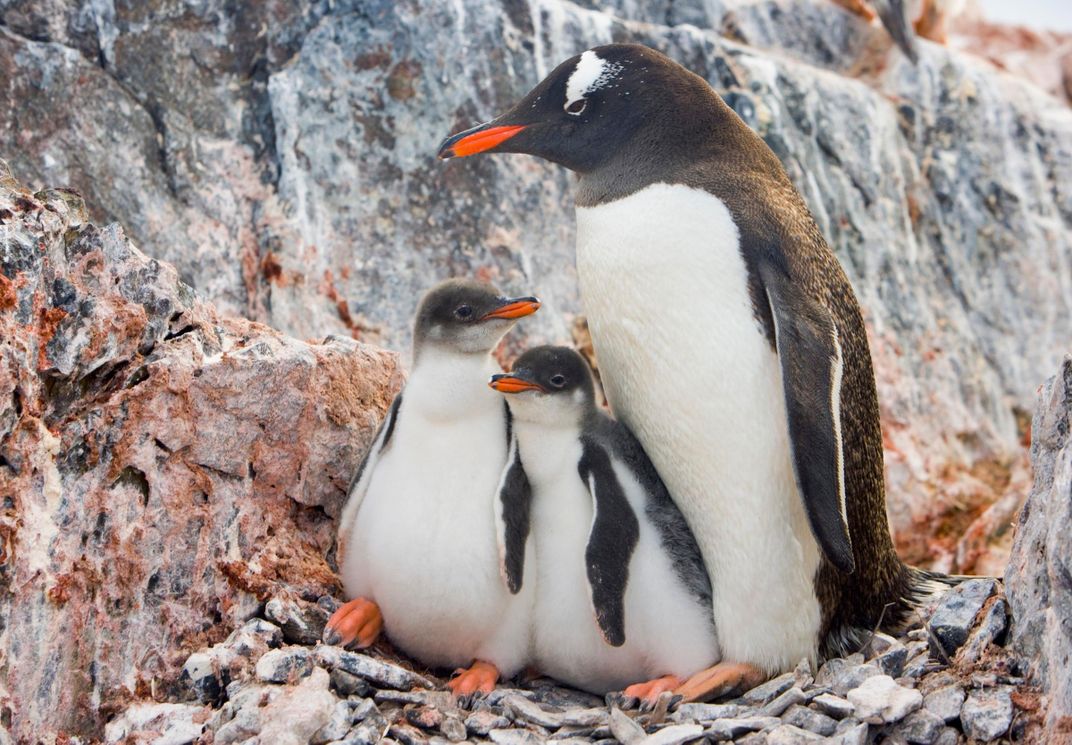
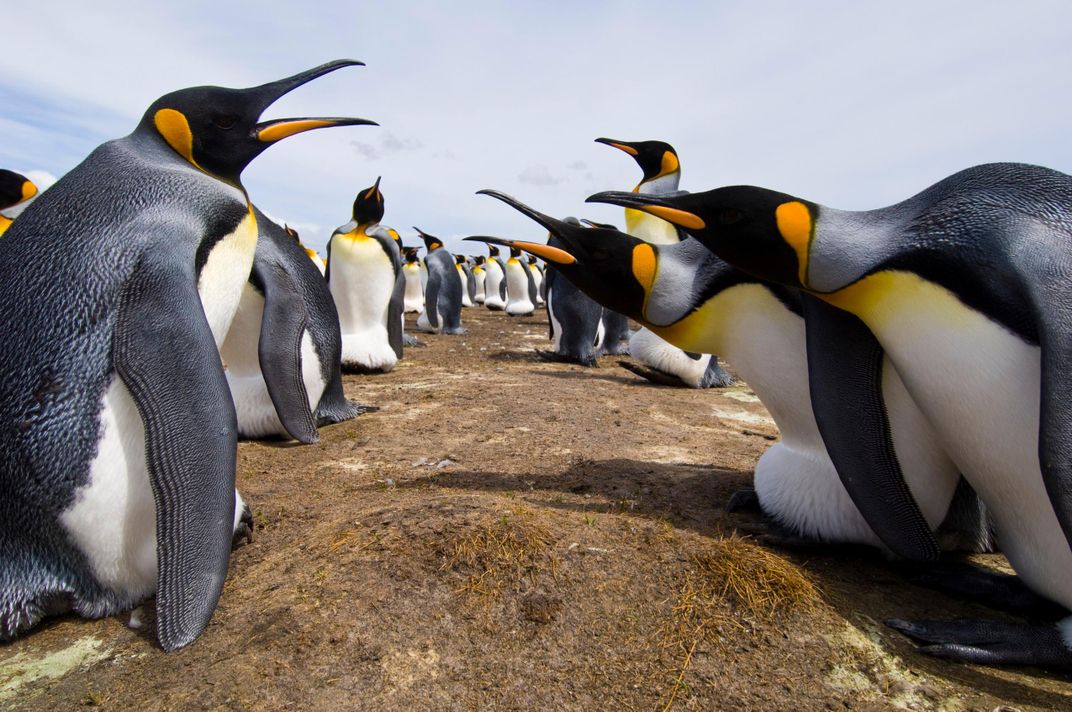
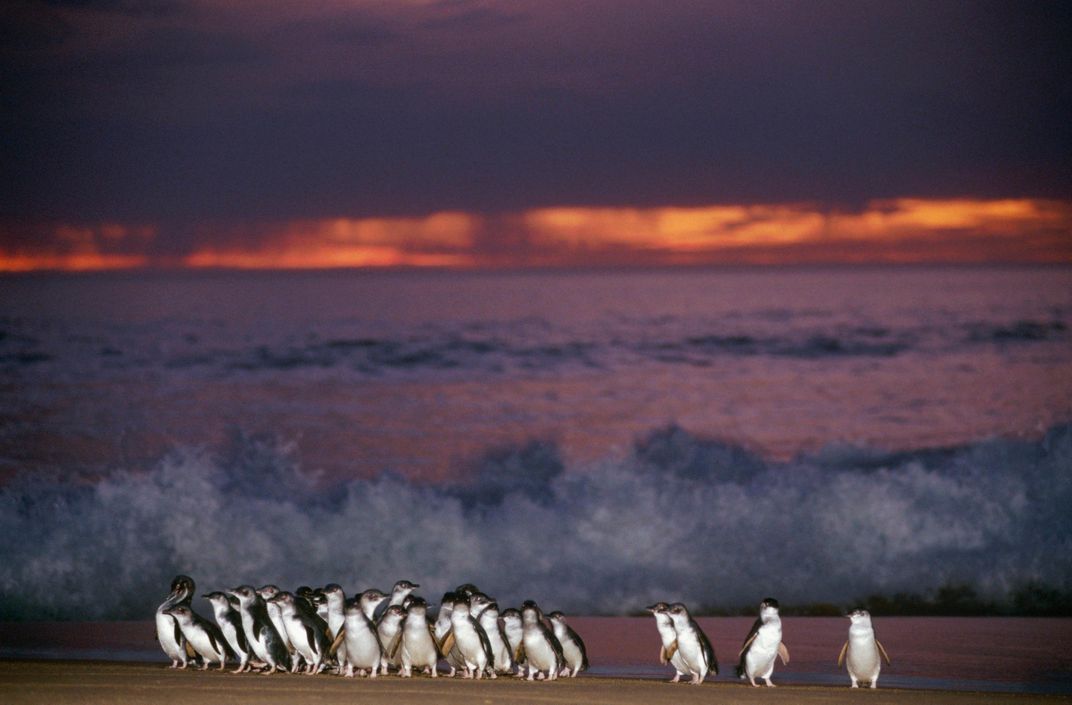
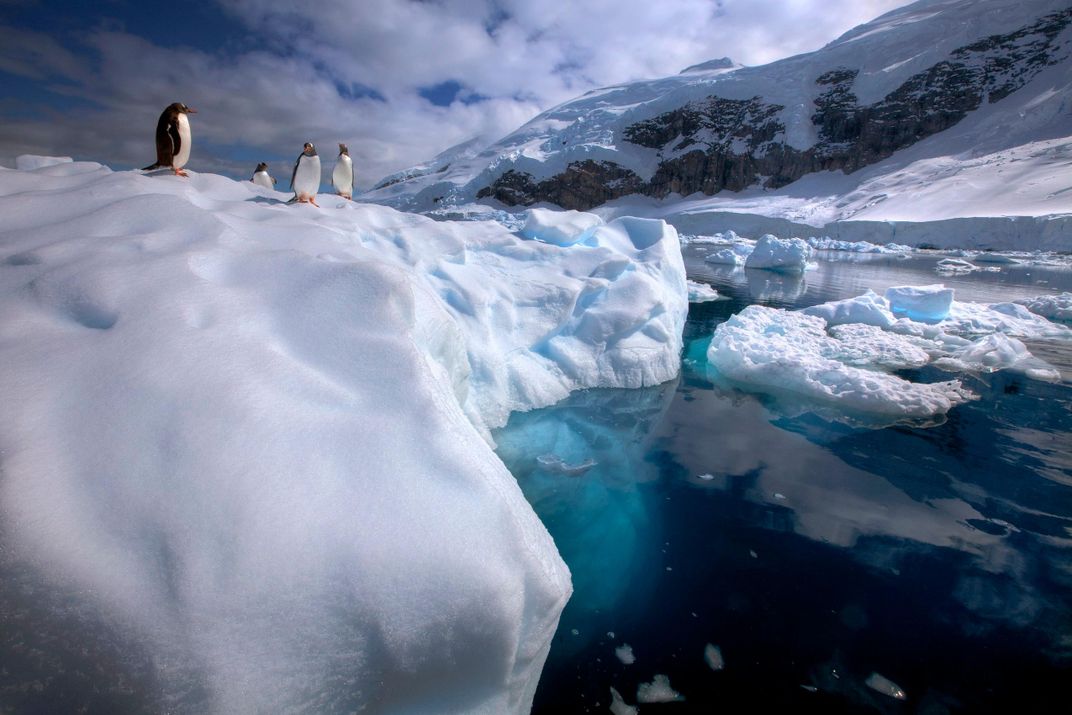
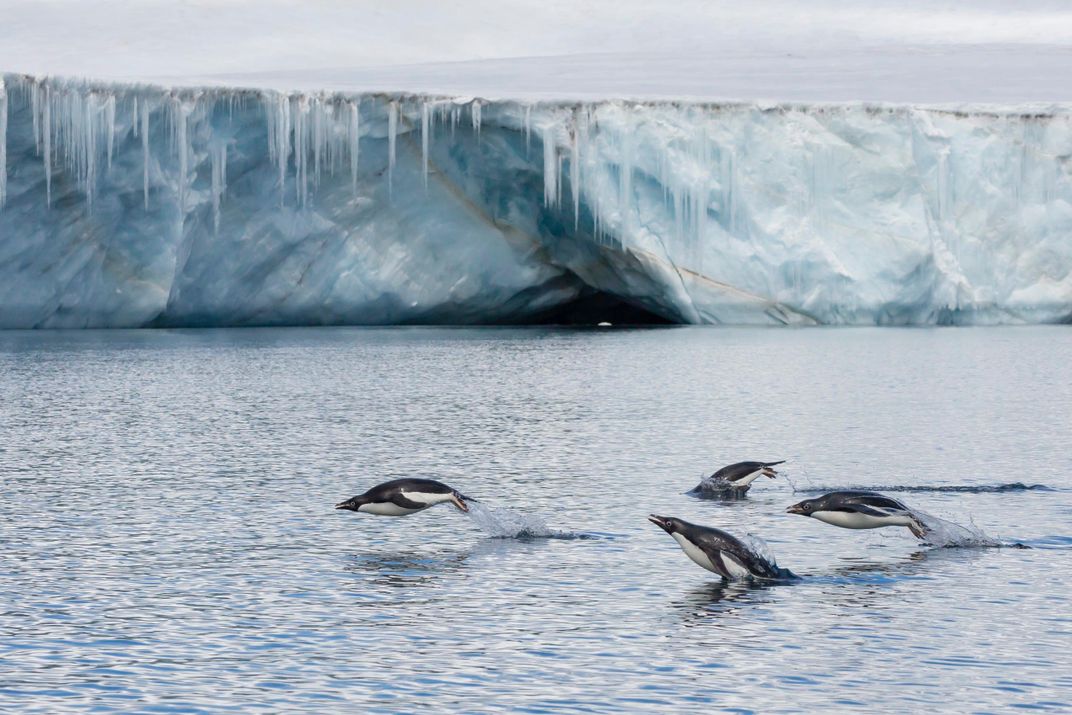
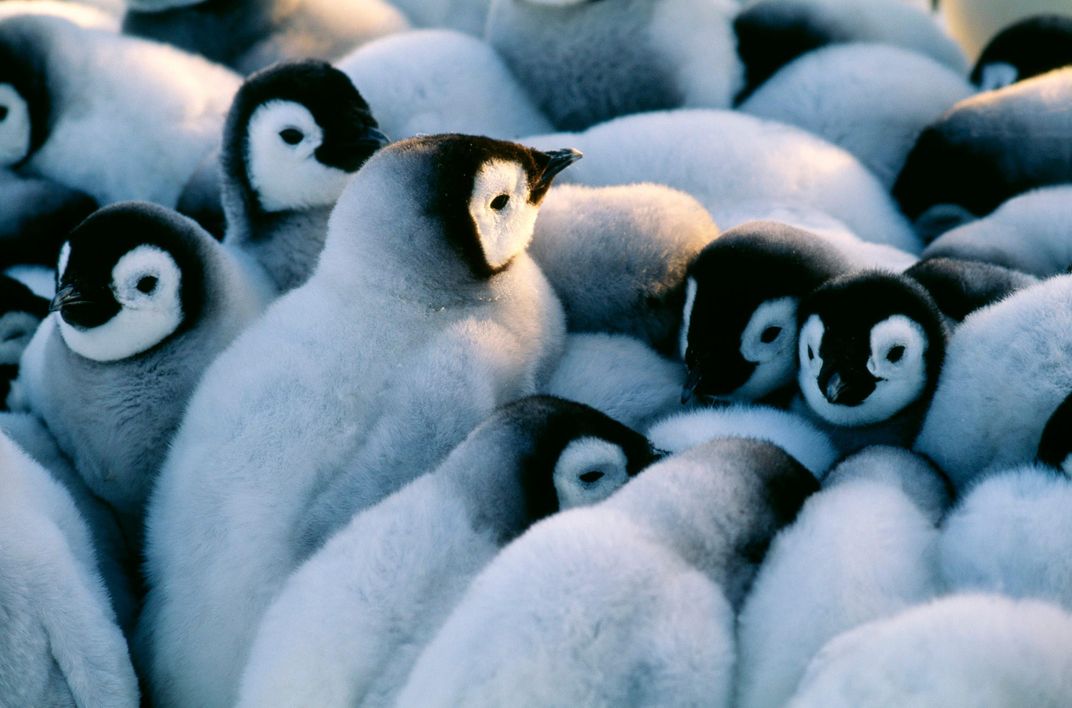
/https://tf-cmsv2-smithsonianmag-media.s3.amazonaws.com/accounts/headshot/erin.png)